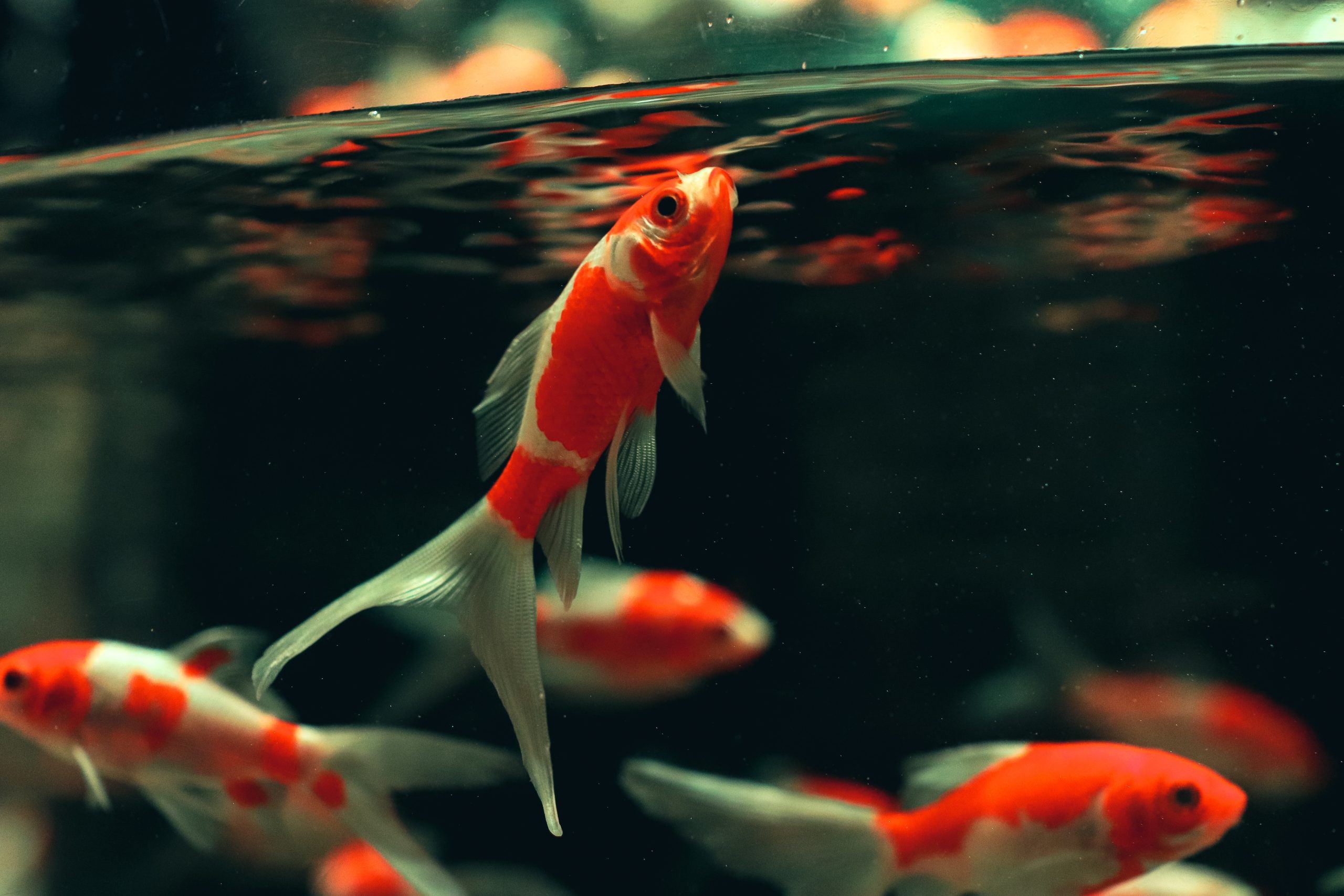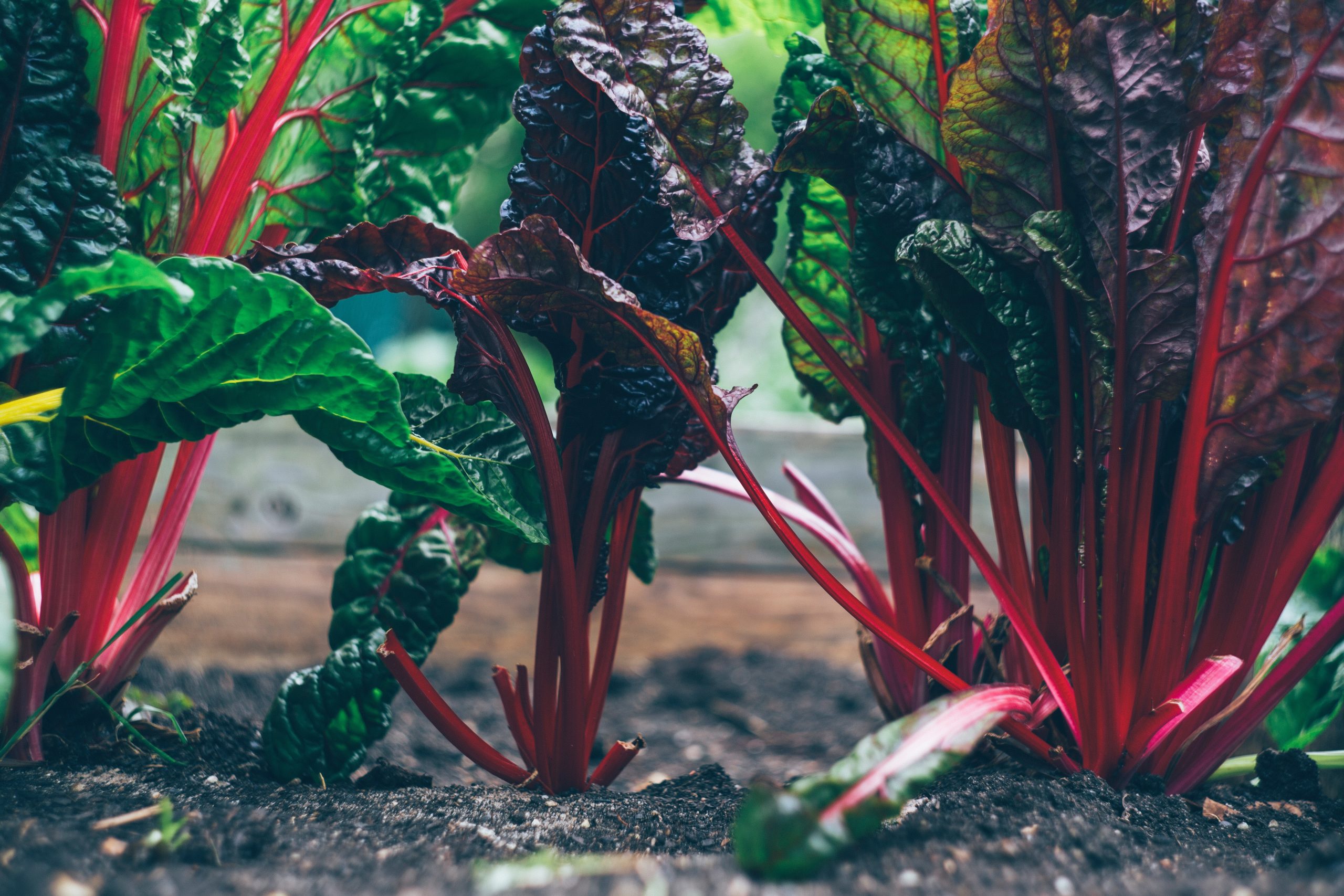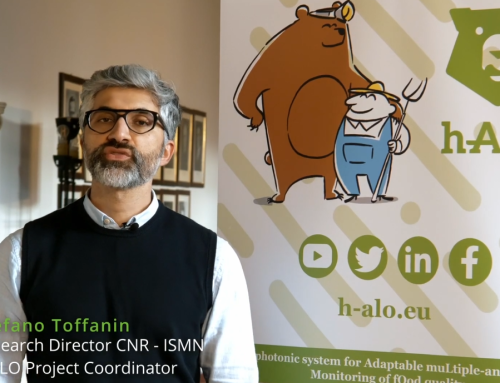28 April 2023
Aquaponics is a sustainable farming technique that combines aquaculture (raising fish) with hydroponics (growing plants in water without soil). It is a closed-loop system where the waste produced by fish is converted into nutrients that are then used to grow plants. The plants, in turn, clean the water for the fish, creating a symbiotic relationship between the two.
One of the key components of an aquaponic system is the fish. The fish produce waste in the form of ammonia, which is toxic to them if it accumulates in the water. In a traditional aquaculture system, this waste would need to be removed from the water by filtration or other means. In an aquaponic system, however, the waste is converted into nitrites and nitrates by beneficial bacteria that colonize the growing media and the water.

The plants in the system take up these nitrates as nutrients, which helps them grow faster and healthier. At the same time, the plants act as a natural filter, removing the nitrates from the water and keeping it clean for the fish. In fact, plants in an aquaponic system can grow up to twice as fast as those in a traditional soil-based system.
As the plants absorb these nutrients, they grow faster and healthier than those in traditional soil-based systems. Additionally, because the plants are grown in a water-based environment, they have constant access to water and nutrients, which eliminates the need for irrigation and fertilizers. This also means that plants in an aquaponic system are less susceptible to pests and diseases, further reducing the need for chemical treatments. Furthermore, the plants in an aquaponic system act as a natural filter, removing nitrates and other waste products from the water. This process helps to maintain a healthy environment for the fish and reduces the need for water changes.

The type of plants that can be grown in an aquaponic system is quite diverse, ranging from leafy greens like lettuce and spinach to herbs like basil and mint, and even fruiting crops like tomatoes and peppers. The plants are typically grown in a soil-less medium like gravel, clay pebbles, or coconut coir, with their roots suspended in nutrient-rich water.
The benefits of aquaponics are many. It uses 90% less water than traditional farming, does not require pesticides or herbicides, and produces both fish and plants as a food source. In addition, the system is scalable and can be set up in small spaces like urban apartments or large commercial facilities.

In conclusion, the symbiotic relationship between fish and plants in aquaponics is a perfect example of nature’s balance. By working together, both fish and plants thrive and provide a sustainable food source for humans. Aquaponics is a revolutionary way of farming that has the potential to transform our food systems and create a more sustainable future.
If you want to discover more about how h-ALO Project is improving the way we use Aquaponics systems check out our website or read these other Blog posts: https://h-alo.eu/blog/






Leave A Comment